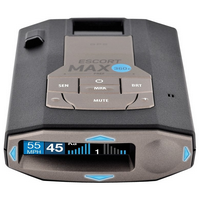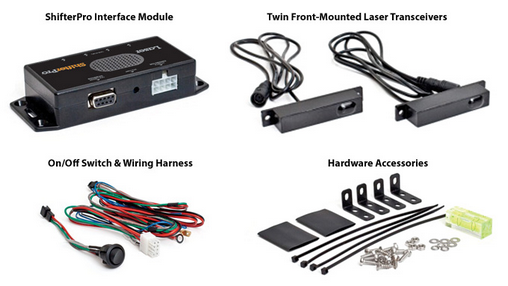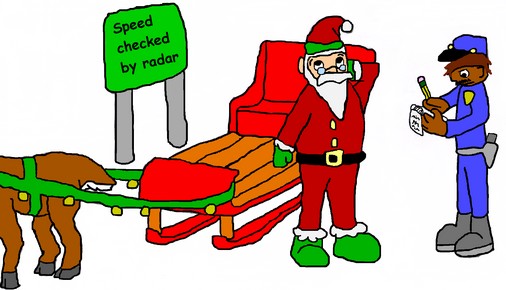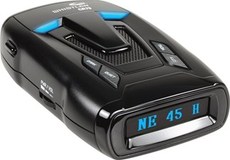Radar detectors and CB radios have been used together for decades as a more complete countermeasure to traffic and speed enforcement on the road. Before radar detectors were outlawed on commercial vehicles, truckers relied on both devices extensively during hauls, and in those days it was indeed rare to sit in the cab of a typical rig and find one without the other.
These days such a radar detector and CB radio combo is more important than ever. Technologies such as aerial surveillance, VASCAR and mobile speed cameras are becoming more frequently used, and these methods of traffic enforcement are making it more difficult, if not impossible, to rely on the typical radar detector alone to alert drivers to their presence. in such situations, your best (and sometimes only) defense is the ability to instantly obtain or communicate warnings and alerts with other drivers around you.
Commercial truck drivers may no longer have a radar or laser detector on their dash, and they must rely on radio contact with fellow drivers and their own instincts for alerts. However, the typical non-commercial vehicle can have both, giving the drivers of these vehicles an important advantage.
There is no doubt having both a radar detector and CB radio in your vehicle can keep you informed of the latest threats on the road. But some radar detectors seem to perform better than others. Is this also true of CB radios? If so, which ones work the best together? Is there a winning combination, or does it really matter?
There is no argument that some radar detectors perform better than others, and some have specific features that some drivers want or need more than others. The same is true with CB radios. Some lower end radios have basic features and functions, while higher-end models offer additional capabilities such as Bluetooth™ connectivity and NOAA weather channels, which can keep you informed of emergency weather conditions when you are on the open road. The type of antenna used with the radio can also make a difference. In addition, CB radios come in many different sizes and styles. Matching the right radar detector to the right CB radio is a personal choice. It depends on your budget, your needs, and your personal taste.
To help you find the best of both, Buy Radar Detectors created this handy chart with many possible combinations. Simply choose a radar detector on the left and a CB radio on the right and you are bound to find the perfect match made just for you.






















































 Most of the core features of a typical
Most of the core features of a typical 
